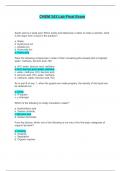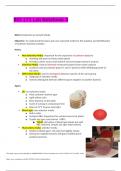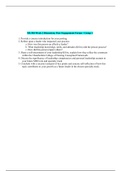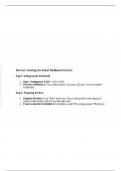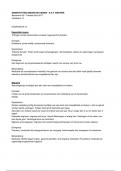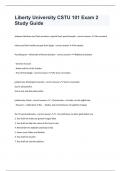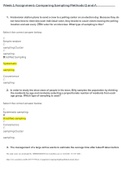Summary
Summary A level physics mistakes and important notes collection
- Module
- All the modules
- Institution
- OCR
I strongly recommend you to get this document as used almost two years to complete this notes. It consists most of the common mistakes you would make for all the topics in OCR A physics specification, as well as some additional knowledge (in the boundary of the A level syllabus, so the teacher may ...
[Show more]




